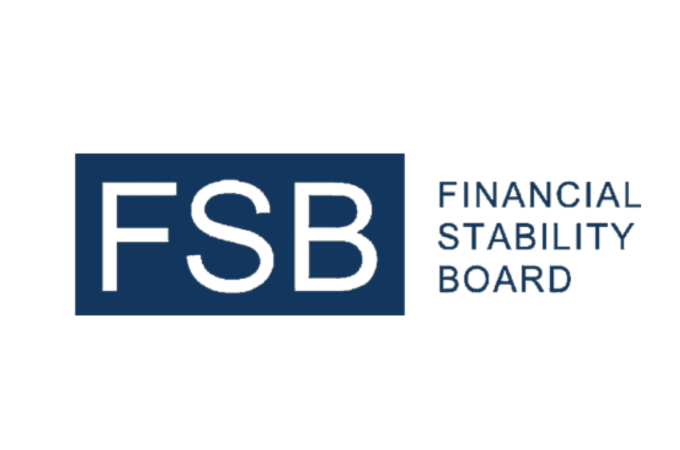
EU Unveils Draft Rules for Complaint Procedures of Stablecoin Issuers
The European Union (EU) has taken significant steps toward regulating the issuance of stablecoins, publishing draft regulatory standards aimed at ensuring the fair and consistent handling of complaints by holders of Asset Reference Tokens (ARTs). These standards, known as Regulatory Technical Standards (RTS), outline specific guidelines and procedures for stablecoin issuer complaint management policies.
The draft RTS, developed by the European Banking Authority (EBA) in collaboration with the European Securities and Markets Authority (ESMA), address various aspects of complaints handling, including the complaints management policy and function, provision of information to ART holders, investigation procedures, and communication of investigation outcomes to complainants. Additionally, the standards include provisions for complaints involving third-party entities.
During a public consultation period held between July and October 2023, the EBA received general support for the proposed approach, which was deemed appropriately balanced by respondents. However, some stakeholders expressed a desire for greater alignment between the EBA’s RTS and equivalent standards set by ESMA for complaints handling in the crypto asset service provider space.
In response to feedback, the EBA made targeted amendments to the draft RTS to enhance clarity and alignment with ESMA’s standards. These amendments primarily focused on requirements related to languages, data protection, and procedures for submitting electronic complaints.
The regulatory framework established by the draft RTS aims to support innovation and fair competition while ensuring a high level of protection for retail holders of stablecoins and the integrity of crypto asset markets. It forms part of the broader Markets in Crypto Assets (MiCA) regulatory framework, which defines stablecoins that reference multiple currencies or assets as ARTs, distinguishing them from stablecoins pegged to a single currency’s value.
Following publication, the draft RTS will undergo a series of steps before becoming law. They will be submitted to the European Commission for endorsement by the end of June and subsequently scrutinized by the European Parliament and the European Council. Once endorsed, the standards will be published in the Official Journal of the European Union, marking their official adoption into EU legislation.
The issuance of these regulatory standards represents a significant milestone in the EU’s efforts to establish a comprehensive regulatory framework for crypto assets. While MiCA as a whole is set to take effect in December, rules specifically governing stablecoins are expected to come into force this summer.





